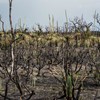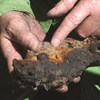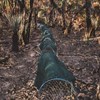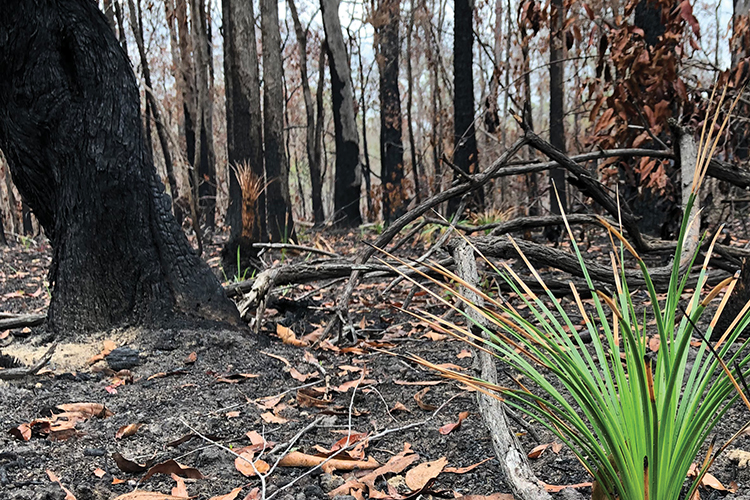
Considering cats and foxes after the bushfires: Fewer pests but more impact?
Monday, 16 March 2020The 2019–20 bushfires have been extensive and – in some areas – of very high severity. Many threatened species have had most of their distributions burnt, and fire is likely to have imperilled many species not previously considered threatened. One of the post-fire challenges to population recovery that many native species will face is increased risk of predation, including by introduced foxes and cats. Some hub researchers have worked in detail on the interactions between fire and predation by cats and foxes: John Woinarski, Sarah Legge, Hugh McGregor, Bronwyn Hradsky, Chris Dickman and Tida Nou describe these interactions and discuss options for their management in these complex and challenging circumstances.
Reducing cat and fox densities across intensely burnt landscapes may help the native animals that survive in those areas. This could potentially be achieved with broadscale poison-baiting programs. Even cats, which normally avoid taking poison baits, may be more likely to consume baits after fire, if they are hungry due to a lack of prey. However, if cats do not take the baits, the removal of foxes is likely to advantage cats, and neutralise any benefit from fox reduction.
Alternatively, strategic, intensive fox and cat control carried out at specific locations will be critical for protecting key populations of native species that have been badly fire-affected. Strategic locations could include places where threatened species are known to have persisted through the fire, perhaps because the fire intensity at that location happened to be lower, or because the location acts as a fire-protected refuge, such as a rocky area (e.g., brush-tailed rock wallabies, Mt Kaputar rock skink).
There are a range of options for undertaking strategic control, including intensive shooting and trapping, and localised poison-baiting (including the use of FelixerTM traps). Not all options involve killing cats and foxes. For example, constructing artificial shelters may help some species evade capture from predators, and excluding predators from remnant populations of native species with predator-proof fencing is also possible.
There is an immense outpouring of community willingness and intent to support the recovery of wildlife following the bushfires. Many different groups including private land managers will be involved in the recovery process. Outcomes will be maximised when actions are collaborative, well coordinated and strategic. Developing a post-fire recovery plan which identifies management options and recovery priorities, and stakeholder responsibilities and resourcing is a valuable process. It will also help to ensure precious resources are best used and important actions are not missed.
More information
Along with other concerned conservation biologists, researchers from the Threatened Species Recovery Hub have developed a “blueprint” for management responses to the 2019–20 fires. It is hoped that the blueprint will provide valuable evidence-based guidance to a wide range of individual agencies, conservation NGOs and other groups.
Chris Dickman, Don Driscoll, Stephen Garnett, David Keith, Sarah Legge, David Lindenmayer, Martine Maron, April Reside, Euan Ritchie, James Watson, Brendan Wintle, John Woinarski (2020) After the catastrophe: A blueprint for a conservation response to large-scale ecological disaster , Threatened Species Recovery Hub, January 2020.
Top image: Bushfire affected area in a Queensland state forest. Jaana Dielenberg
-
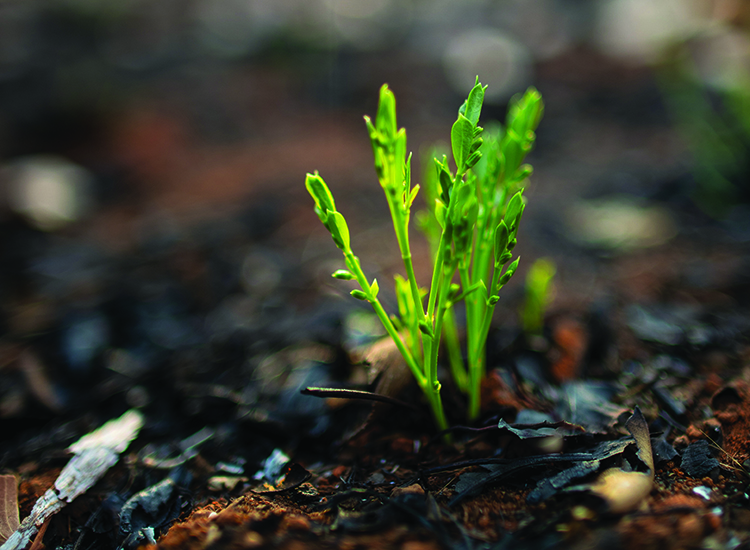
From the ashes: The 2019–20 wildfires and biodiversity loss and recovery
Monday, 31 August 2020 -
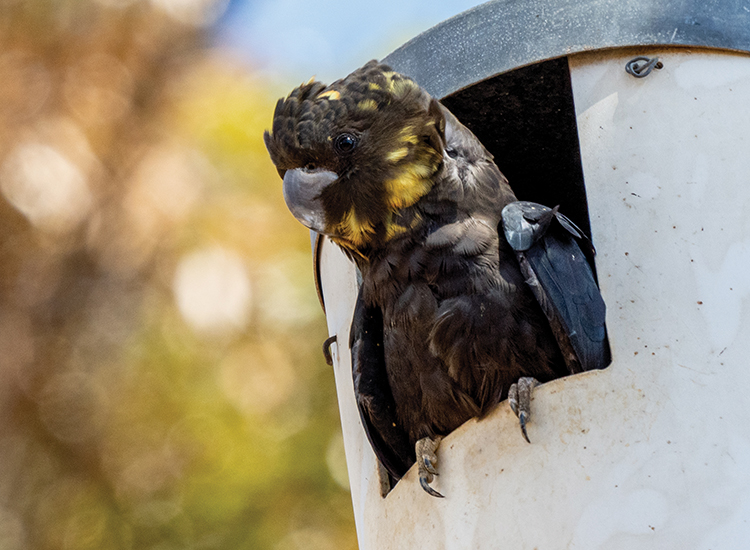
Prioritising action for animal species after the fires
Tuesday, 01 September 2020 -
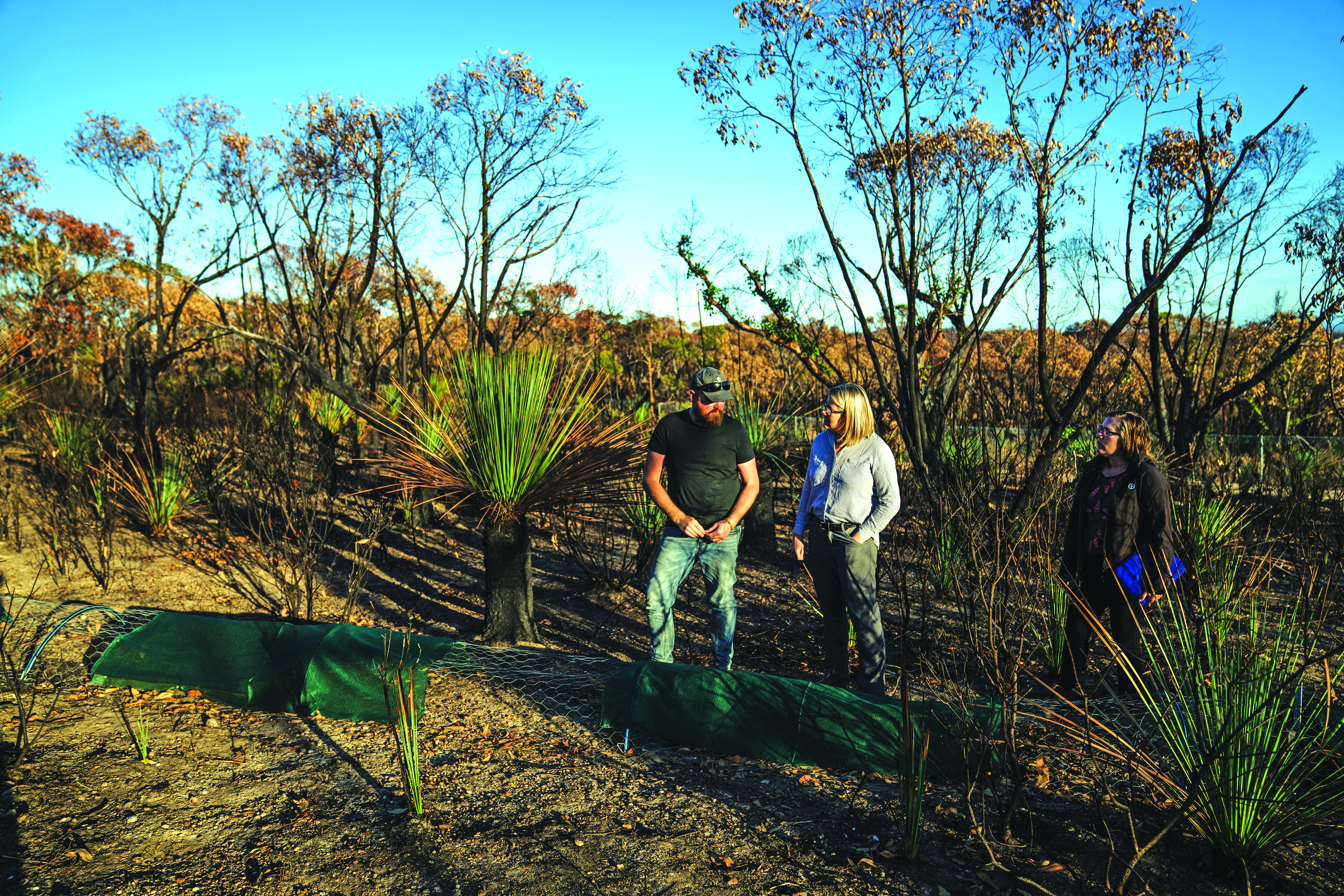
Rapid action to save species after the fires
Monday, 31 August 2020 -
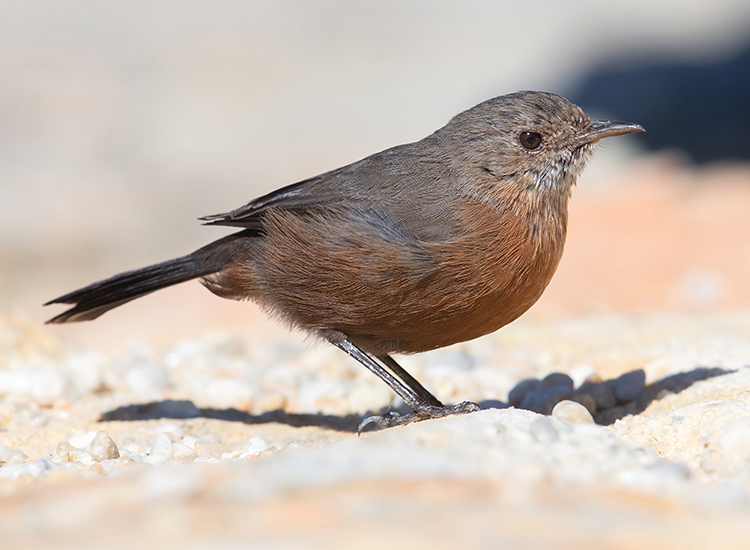
Protecting persistence: Listing species after the fires
Tuesday, 01 September 2020 -
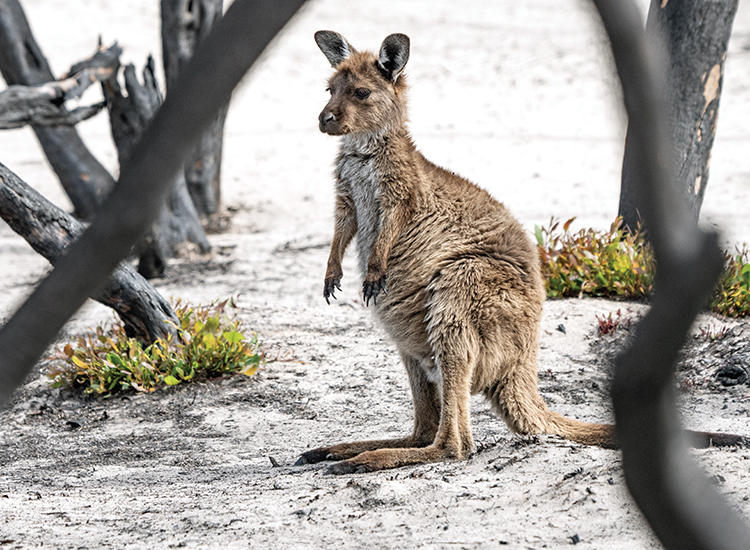
Fire and post-fire impacts on wildlife groups, and priority conservation responses
Wednesday, 02 September 2020 -
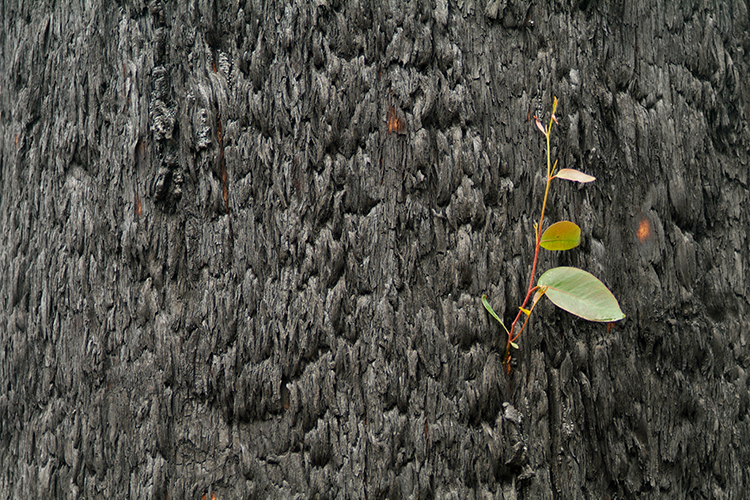
A conservation response to the 2019-20 wildfires
Tuesday, 21 January 2020 -
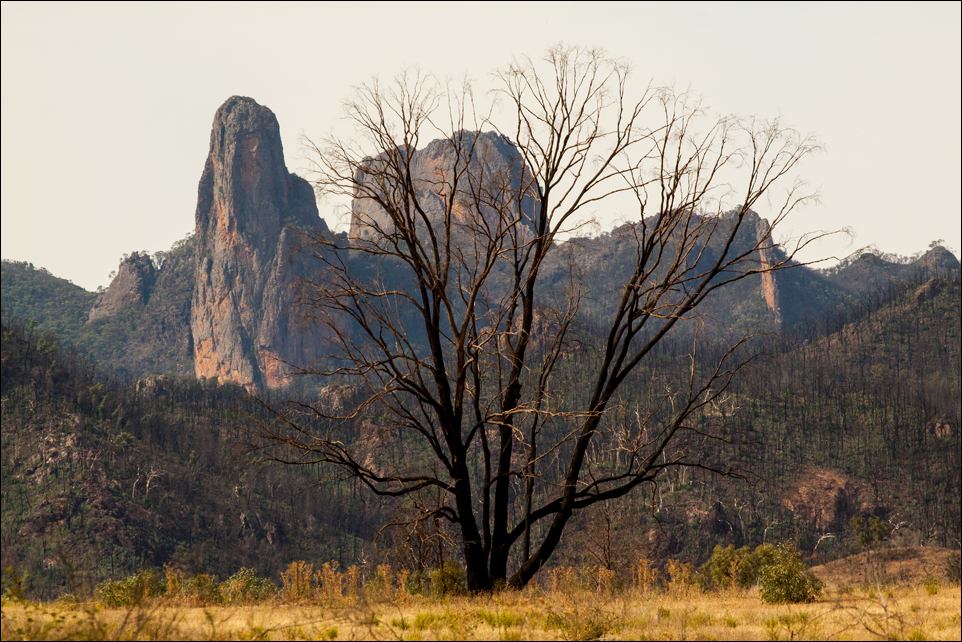
Threatened Species Recovery Hub statement on the fires
Tuesday, 14 January 2020
